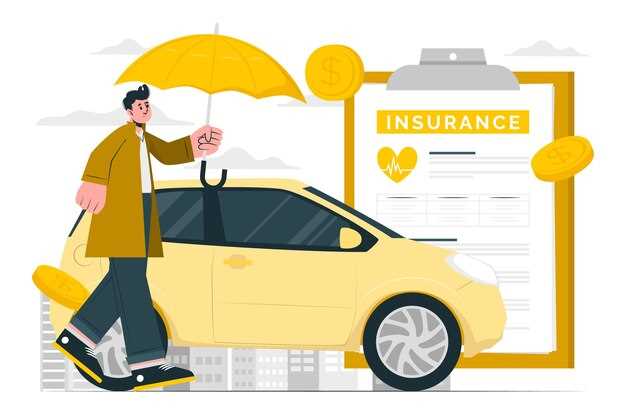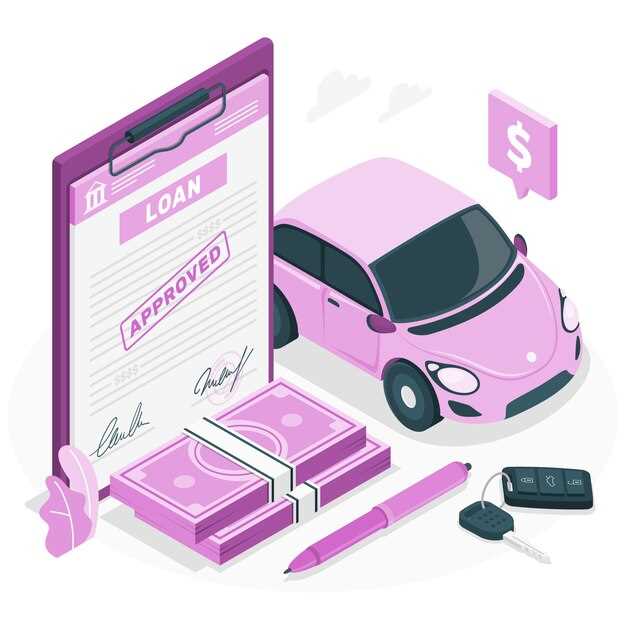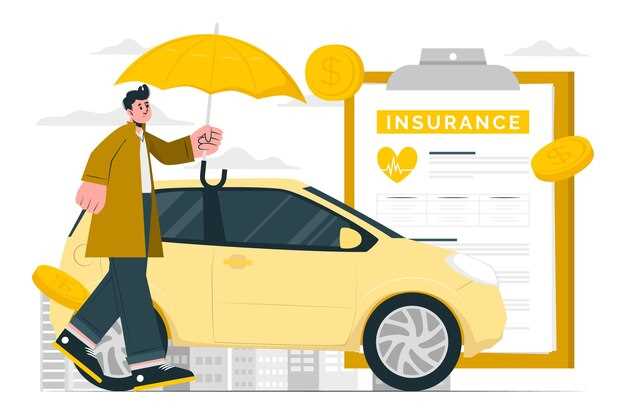
In today’s fast-paced world, where acquiring a new vehicle is often a significant investment, protecting that investment is crucial. One way to ensure this protection is through GAP insurance. GAP, or Guaranteed Asset Protection, serves as a critical financial buffer that helps cover the difference between what you owe on your vehicle and its current market value in the event of a total loss.
When you drive a new car off the lot, its value begins to depreciate immediately. A typical insurance policy may cover the market value of your vehicle at the time of an accident, but this amount can be considerably less than the balance on your auto loan, especially if the car is relatively new. This creates a financial gap that could leave you facing unwanted debt. GAP insurance protects you from this financial gap, ensuring you aren’t left in a precarious situation.
Understanding the importance of GAP insurance can empower vehicle owners to make informed decisions. It provides peace of mind knowing that if an accident were to occur, you won’t have to bear the financial burden of an outstanding loan while being left without a vehicle. In essence, GAP insurance not only offers financial protection but also keeps you secure from the repercussions of unforeseen circumstances.
What is GAP Insurance and How Does It Function?
GAP insurance, or Guaranteed Asset Protection insurance, is a type of coverage designed to protect vehicle owners from potential financial loss. This protection becomes essential when a car is totaled or stolen, and the insurance payout does not cover the remaining balance owed on a car loan or lease. Essentially, GAP insurance bridges the ‘gap’ between what you owe and what your vehicle is worth at the time of loss.
When a car is involved in a severe accident or is stolen, standard auto insurance typically covers the market value of the vehicle. However, this market value can often be significantly less than the amount owed on the loan, especially in the early stages of financing. Here is where GAP insurance steps in. It pays out the difference, ensuring that the car owner is not left with an outstanding debt after a total loss.
GAP insurance functions by calculating the difference between the actual cash value (ACV) of the vehicle and the remaining balance on the loan or lease. For example, if a car has an ACV of $15,000, but the owner still owes $20,000 on the loan, the GAP insurance would cover the $5,000 difference. This coverage provides peace of mind for vehicle owners, knowing they are protected against unforeseen financial burdens arising from a total loss.
In summary, GAP insurance serves as a vital layer of financial protection, safeguarding car owners from negative equity in their vehicles. It is particularly beneficial for individuals who have low down payments, long-term loans, or those who drive new vehicles, as these scenarios often create a larger financial gap. By understanding how GAP insurance works, vehicle owners can make more informed choices about their coverage needs.
Key Reasons to Consider GAP Insurance for Your Vehicle
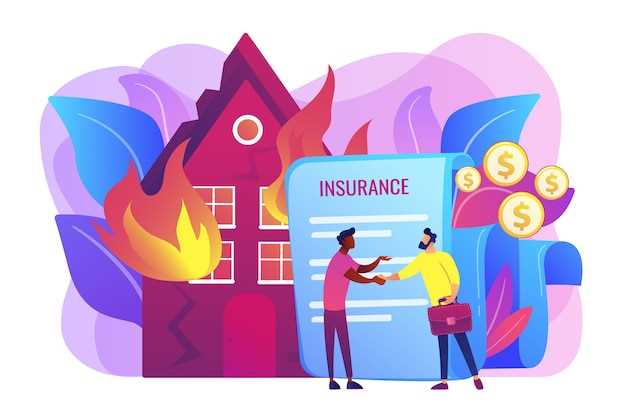
GAP insurance, or Guaranteed Asset Protection insurance, is essential for vehicle owners who want to ensure comprehensive financial protection in the event of an accident or theft. One of the primary reasons to consider GAP insurance is that it bridges the financial gap between what you owe on your car loan and the car’s current market value. As vehicles depreciate rapidly, the amount owed can quickly surpass what an insurance policy would pay out after a total loss.
Another crucial aspect of GAP insurance is its ability to provide peace of mind. Knowing that you have this added layer of protection can alleviate stress during challenging times. If your vehicle is deemed a total loss, GAP insurance can cover the difference, enabling you to avoid out-of-pocket expenses that may arise from remaining loan balances.
Additionally, it’s vital for buyers of new or expensive vehicles. Often, the initial depreciation is steep, and without GAP coverage, owners may find themselves in a precarious financial situation shortly after purchase. For those who finance their vehicle and put little money down, this insurance becomes even more critical, as unpaid loan amounts can linger long after the vehicle is gone.
Finally, GAP insurance can also be beneficial for individuals who frequently change vehicles. If you regularly trade in or sell your car, having GAP coverage can protect against any unforeseen negative equity that may develop due to depreciation. This ensures that you maintain financial stability while enjoying the flexibility of upgrading your vehicle.
How to Choose the Right GAP Insurance Policy for Your Needs
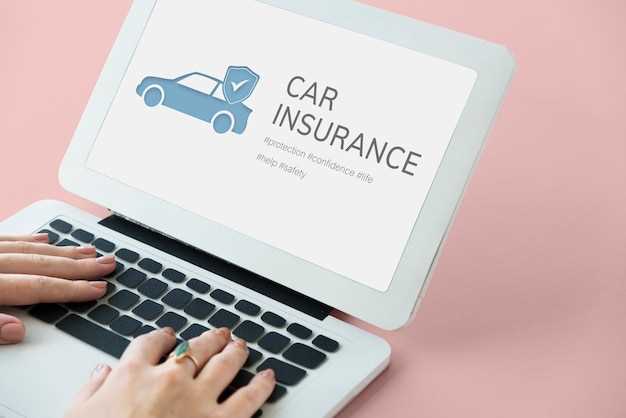
Selecting the appropriate GAP insurance policy is essential for ensuring optimal protection for your vehicle. Begin by assessing the gap between your car’s value and the amount still owed on the loan or lease. This will help you understand how much coverage you need to effectively mitigate financial losses in the event of a total loss.
Next, consider the coverage options available. Some policies offer additional benefits such as rental car reimbursement or coverage for a down payment on a replacement vehicle. Evaluate these features based on your driving habits and personal circumstances to find a plan that suits your specific needs.
It is also crucial to compare premiums from various providers. While looking for the most affordable option, don’t compromise on the coverage quality. Check the reputation of the insurance company, including customer reviews and claims process efficiency, as this can impact your overall experience.
Furthermore, examine the terms and conditions of each policy. Pay attention to exclusions and limitations that could affect your protection. Understanding these details will help you avoid unpleasant surprises when claiming benefits.
Lastly, consult with an insurance agent if you have questions or need guidance tailored to your situation. They can provide insights into the best policies that align with your financial goals and ensure you make an informed decision regarding your vehicle’s protection.
